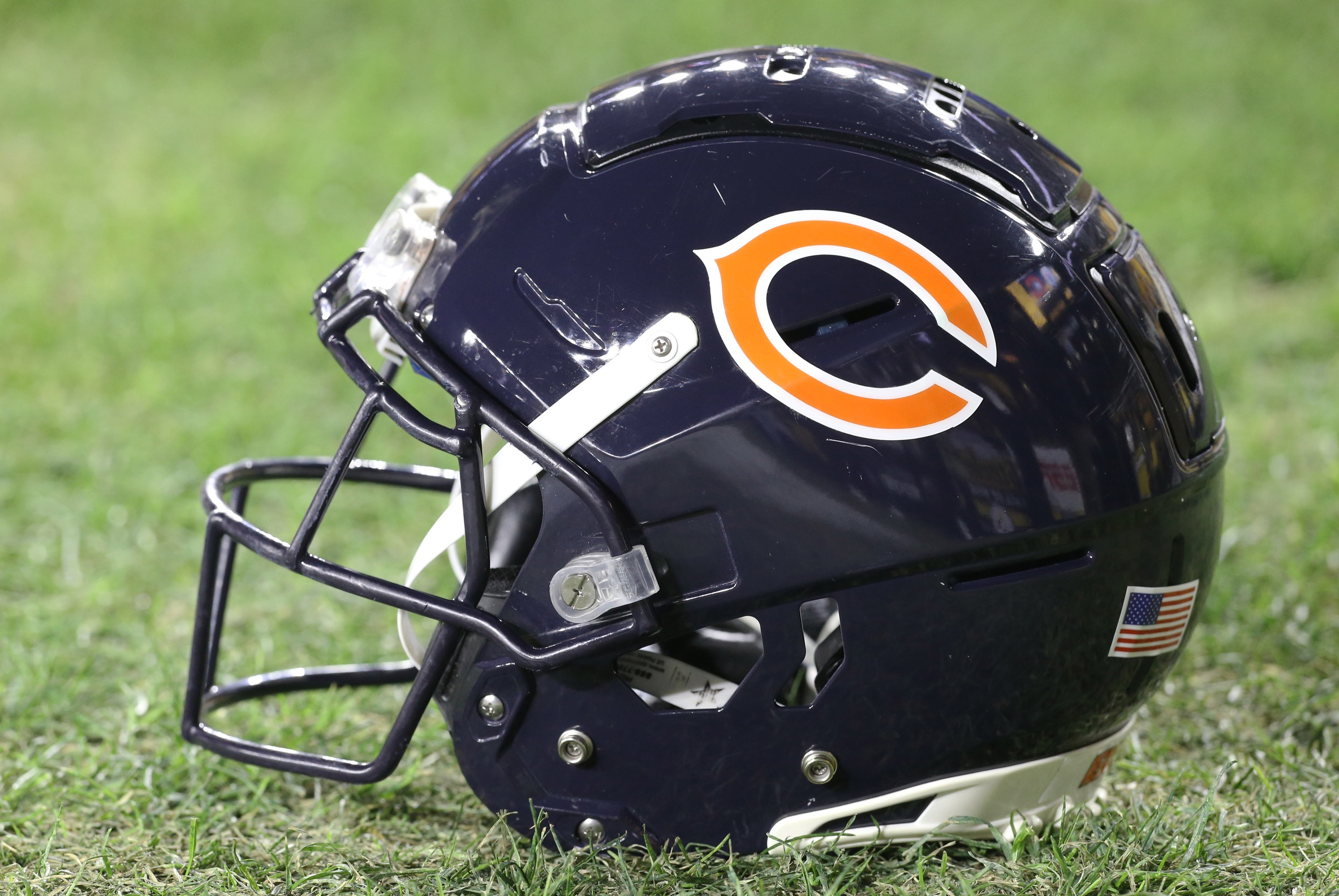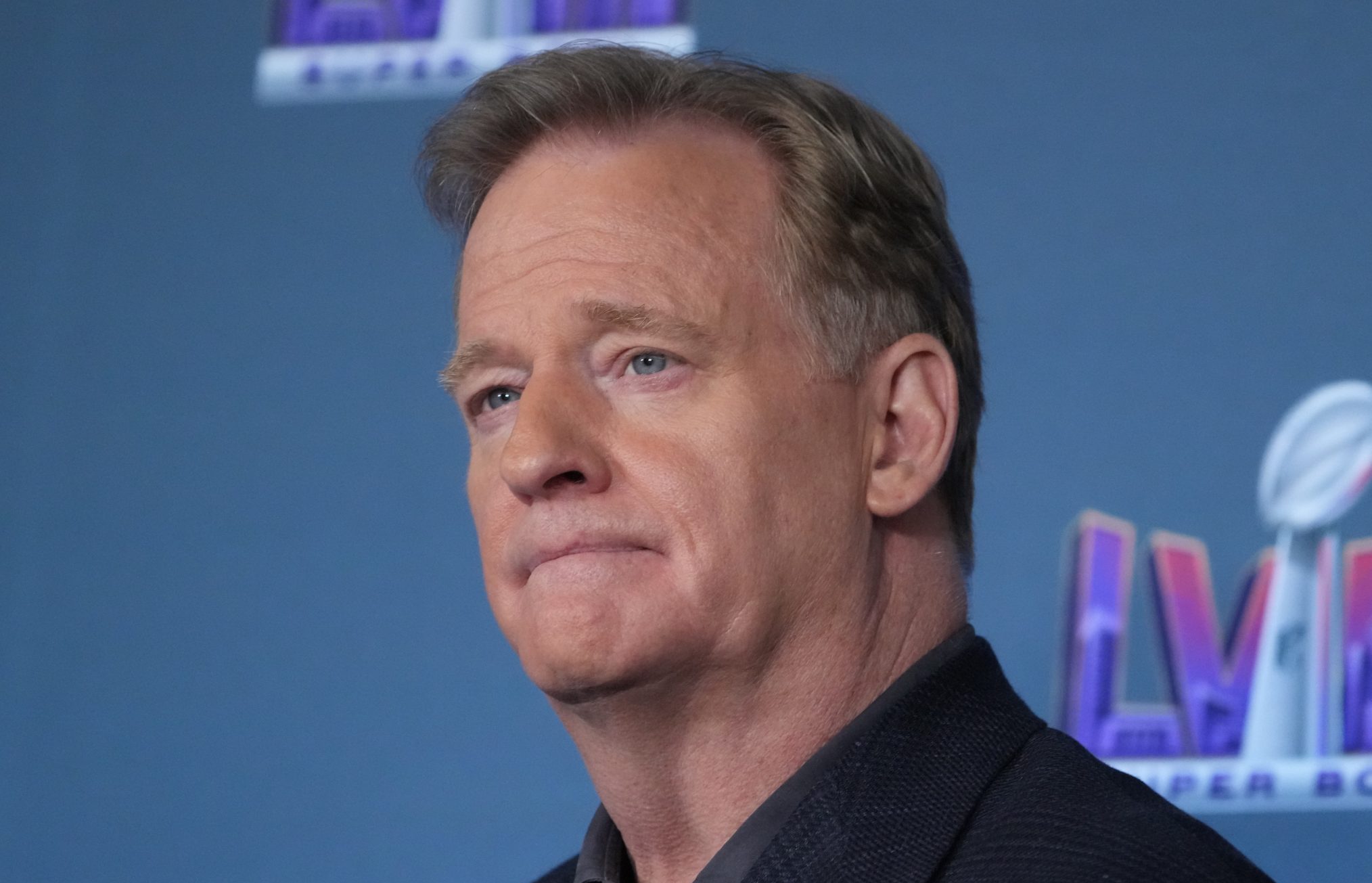In the world of sports, the roar of a crowd, the collective breath held during a last-second play, and the triumphant celebrations of a victory are more than just expressions of fandom— they represent a powerful force that transcends the game itself.
Fan culture, built on shared passions and allegiances, has become a cornerstone of modern sports, creating tight-knit communities that extend far beyond the stadiums.
From local die-hard followers of regional teams to global fanbases uniting under the banners of iconic athletes or clubs, fan culture fosters a unique sense of identity, belonging, and pride.
For starters, it creates a shared identity. Fan culture promotes a strong sense of community and belonging. Fans often align themselves with a particular team or sport, and this connection gives them a collective identity. This is especially significant in sports with long histories, where generational fandom is passed down through families and generations.
For example, rivalries. Fan culture thrives on rivalries (Yankees-Red Sox, Real Madrid-Barcelona, etc), where the intense competition between teams is mirrored by equally passionate fanbases. These rivalries give fans an emotional outlet and become integral parts of the culture of their teams.
There’s also cultural expression. Fans use their support for a team as a form of cultural expression. Wearing team colors, displaying logos, and participating in chants or cheers are ways of expressing pride in a team and its values.

There’s the mental toll as well. You know– the emotional rollercoaster. A reminder that people wearing jerseys are in charge of your mood. For many fans, sports provide a way to channel and release emotions.
The highs of winning and the lows of losing are emotionally charged experiences that fans share with their community. The emotional investment in a team or athlete can be therapeutic, giving fans an outlet for stress and an opportunity to experience triumph and defeat vicariously.
A last-minute game-winning goal or a dramatic comeback victory can lift fans’ spirits and give them a sense of accomplishment, even if they didn’t directly contribute to the outcome.
Money talks too, and it’s loud.
The most obvious economic contribution of fan culture is through merchandise sales— from jerseys, hats, and scarves to tickets and memorabilia. Fans are willing to spend large amounts of money to display their allegiance and participate in fan culture.
Sports organizations capitalize on fan loyalty, creating multiple streams of revenue from licensed products, sponsorships, and merchandise.
Major sports brands like Nike, Adidas, Under Armour, and New Era depend on fan loyalty to sell team-specific apparel and gear.

The demand for live sports broadcasts and exclusive content also comes directly from fan culture. Television networks, streaming platforms, and sponsorship deals are often secured based on the size and dedication of the fanbase which highlights the game-day atmosphere.
Fans contribute significantly to the economy of host cities through attendance at games and the tourism it generates. Stadiums become gathering places for not just sports, but also for food, drinks, entertainment, and merchandise. This economic activity creates jobs and boosts local economies, especially in cities that host major sporting events.
Super Bowl, World Cup, and Olympic Games represent major examples where fan culture directly influences tourism and local economies.
The role of social media is a relatively new element that’s been introduced into sports fandom as well.
With the creation of social media and digital platforms, fan culture has expanded globally. Fans can now interact with one another in real-time, share opinions, organize events, and even interact with their favorite athletes or teams directly.
Social media platforms like Twitter/X, Instagram, Reddit, and Facebook have become essential spaces for fans to express their opinions, make memes, and organize support for their teams or athletes.
For example, during a major event like the FIFA World Cup, social media allows fans to share reactions to goals, controversial plays, and team updates almost instantly, creating a shared experience for people around the world.
By creating instant, interactive connections, social media makes sports events not just a quick form of entertainment, but an ongoing conversation worldwide that keeps fans engaged long after the final whistle. As sports evolve in the digital age, social media will remain a powerful tool in shaping how we share the game.







